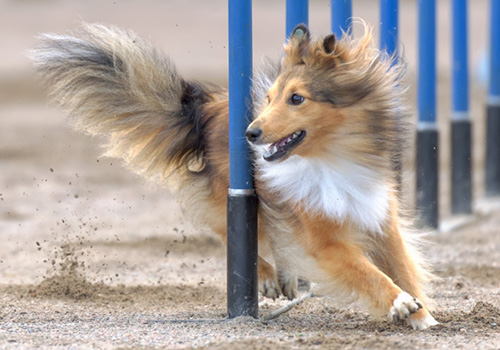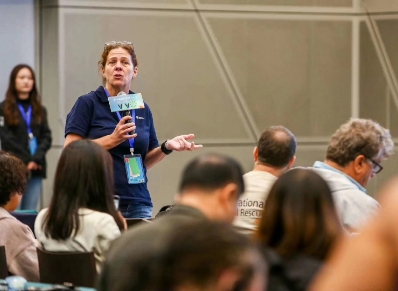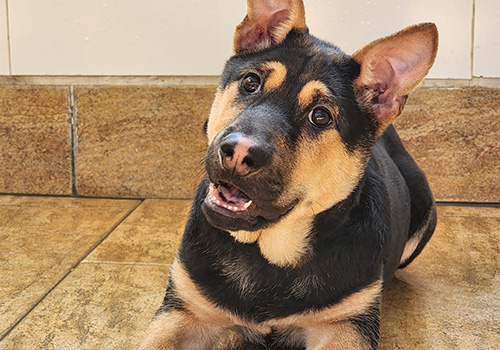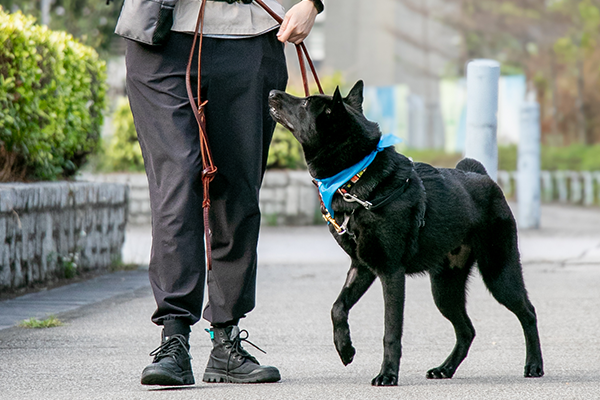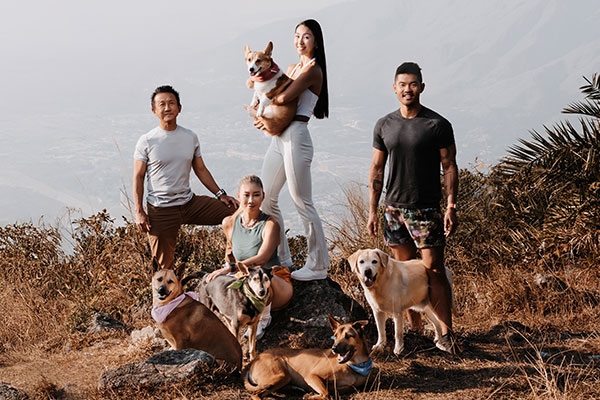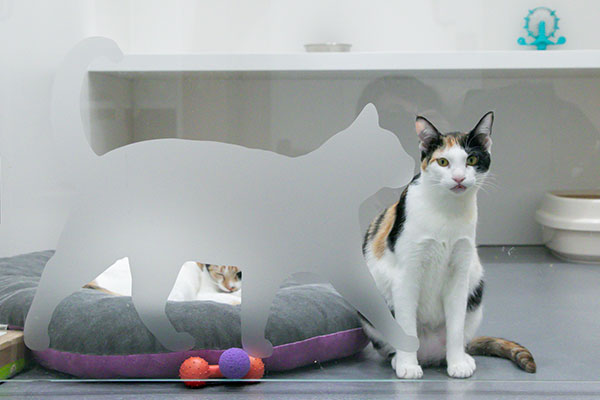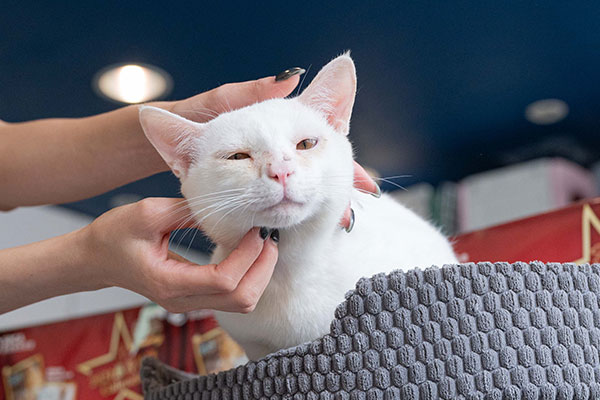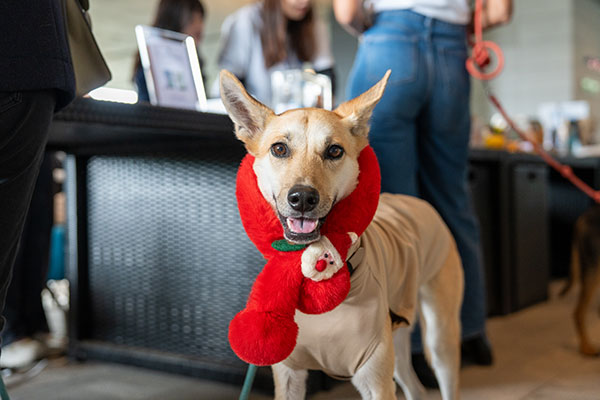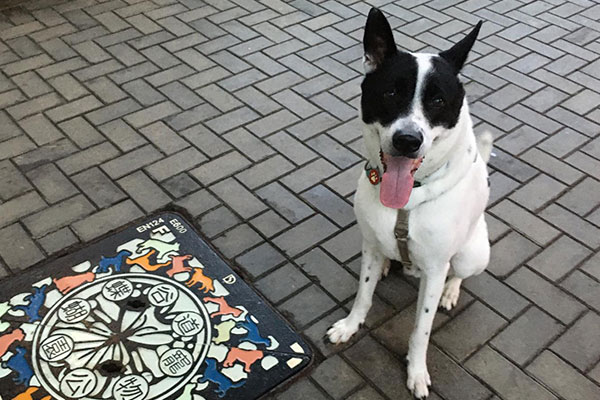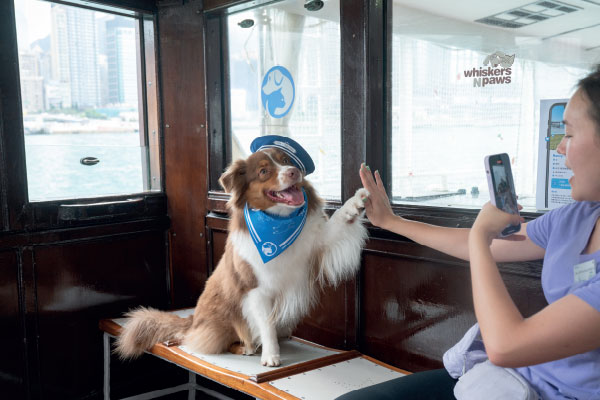Take the Lead
Positive Steps for Happy Walks
Regular walks play an important role in the overall health and well-being of our canine companions. Not only does it provide much needed exercise for dogs, but also mental stimulation, opportunities to socialise and explore the outside world.
Lack of exercise and mental stimulation can lead to problem behaviours, which is why it is important to establish good walking habits to ensure a pleasant experience for both dog and owner.
The main objective whilst walking on leash is for your dog to walk at a similar pace with you, whilst not having any tension in the leash. This is known as loose leash walking.
Here are a few pointers to set you and your dog up for success.
The Right Tools
Focus Training
Focus training is a great prerequisite for loose leash walking and also teaches your dog to focus on you. You can first practice this in the comfort of your own home, where there are no distractions before taking this into the outside world.
- Call your dog’s name, or use a sharp, high tone sound to draw their attention.
- When they respond by looking at you or coming closer to you, reward them with a treat.
Do this five to ten times, rewarding them with a treat, each time they respond.
Taking your training outdoors
Once you are ready to apply this practice in the real world, we advise carrying out the following steps towards the end of a walk, once your dog has gone potty and sniffed to their heart’s content. This will help minimise distractions or interruptions.
- Walk slowly and call your dog’s name.
- Reward when they respond.
*If your dog pulls on the leash, stop until your dog is calm and there is no more tension in the leash. - Regain your dog’s focus and reward.
- Take a few steps and see if your dog continues to pull. If yes, repeat steps one to three.
With practice, you should start to notice that your dog will start to look to you more consistently throughout your walks, even when you have not called them. When you get to this stage, you are ready to start phasing out the reward. Instead of rewarding them with treats each time they respond, replace treats with verbal praise or petting, only rewarding with a treat every two to three times.
If you are still experiencing pulling or tension in the leash, go back to basics – begin focus training again and walk slowly. Stop anytime there is tension in the leash until your dog is calm before proceeding to walk again.
Remember, it is important not to give up or get frustrated. Walks should be an enjoyable experience for both walker and dog!
If you are struggling to make progress in your training, do not hesitate to reach out to our team of professional dog trainers!


